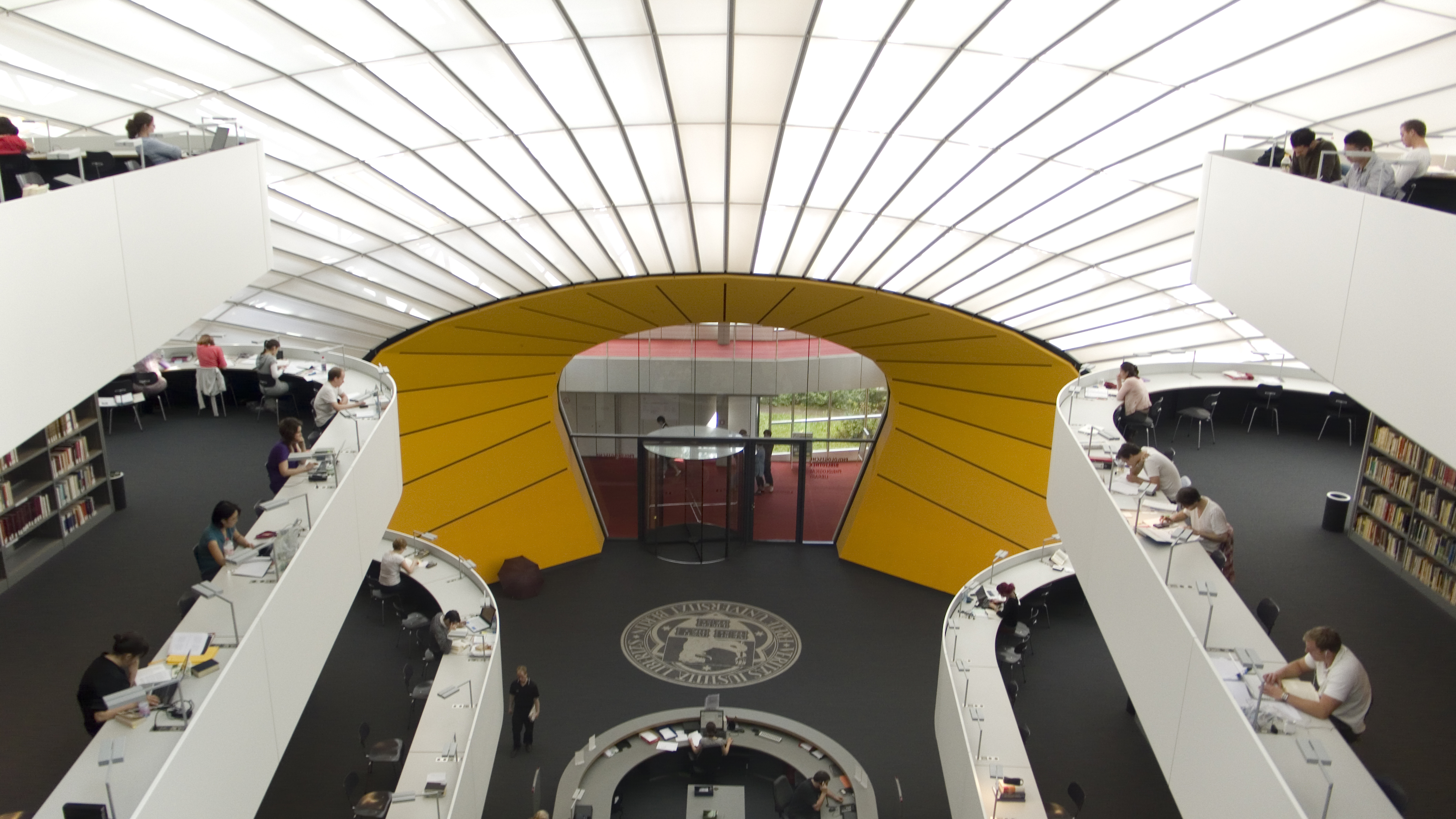21 Eerie Abandoned Stadiums with Haunting Histories
In the realm of sports, few places hold as much emotional resonance as stadiums. These colossal monuments once thrummed with the energy of countless spectators, each adding their voice to a cacophony of cheers, boos, and chants. Yet, as time marches on, some of these grand arenas fall silent, their seats empty and their fields overgrown. This expanded article embarks on a journey through the shadows of 21 eerie abandoned stadiums, each with its own haunting history and forgotten tales. From the architectural marvels that now serve as ghostly reminders of past glories to the socio-political upheavals that led to their demise, these stadiums are more than mere structures; they are vessels of memory, whispering stories of triumph and tragedy. Join us as we explore the echoes of forgotten cheers and the shadows of history that linger in these eerie abandoned stadiums.
1. The Ruins of the Roman Colosseum: A Glimpse into Ancient Spectacles

The Roman Colosseum stands as a testament to the grandeur and brutality of ancient Roman society. Once a bustling center for gladiatorial combat and public spectacles, the Colosseum now serves as a haunting reminder of a bygone era. Constructed in 70-80 AD, it could hold up to 80,000 spectators, making it the largest amphitheater ever built. The Colosseum was not just a venue for entertainment; it was a tool of political power, used by emperors to gain favor with the masses through lavish games and spectacles. Today, the Colosseum's decaying structure tells a story of time's relentless march. The once vibrant arena is now a shadow of its former self, with crumbling walls and overgrown vegetation. Despite its current state, the Colosseum remains a symbol of Roman engineering prowess and cultural influence. Its haunting beauty and historical significance continue to draw visitors from around the world, offering a glimpse into the lives of those who once filled its stands. The Colosseum's enduring legacy serves as a reminder of the complex interplay between power, entertainment, and society in ancient Rome.
2. The Ghostly Silence of the Pontiac Silverdome

The Pontiac Silverdome in Pontiac, Michigan, was once a beacon of sports and entertainment in the United States. Opened in 1975, it hosted numerous iconic events, including Super Bowl XVI, WrestleMania III, and concerts by legendary artists like Led Zeppelin and The Rolling Stones. With a seating capacity of over 80,000, the Silverdome was a marvel of modern engineering and a symbol of the economic prosperity of the Detroit area in the late 20th century. However, the turn of the millennium saw the Silverdome's fortunes wane. The Detroit Lions, its primary tenant, moved to a new stadium in 2002, leaving the Silverdome without a permanent occupant. Attempts to repurpose the stadium failed, and it was eventually abandoned. The once-thriving venue now stands in eerie silence, its seats covered in dust and its roof partially collapsed. The Silverdome's decline mirrors the economic struggles of the region, serving as a poignant reminder of the impermanence of even the grandest of human creations.
3. The Abandoned Majesty of Athens' Olympic Venues
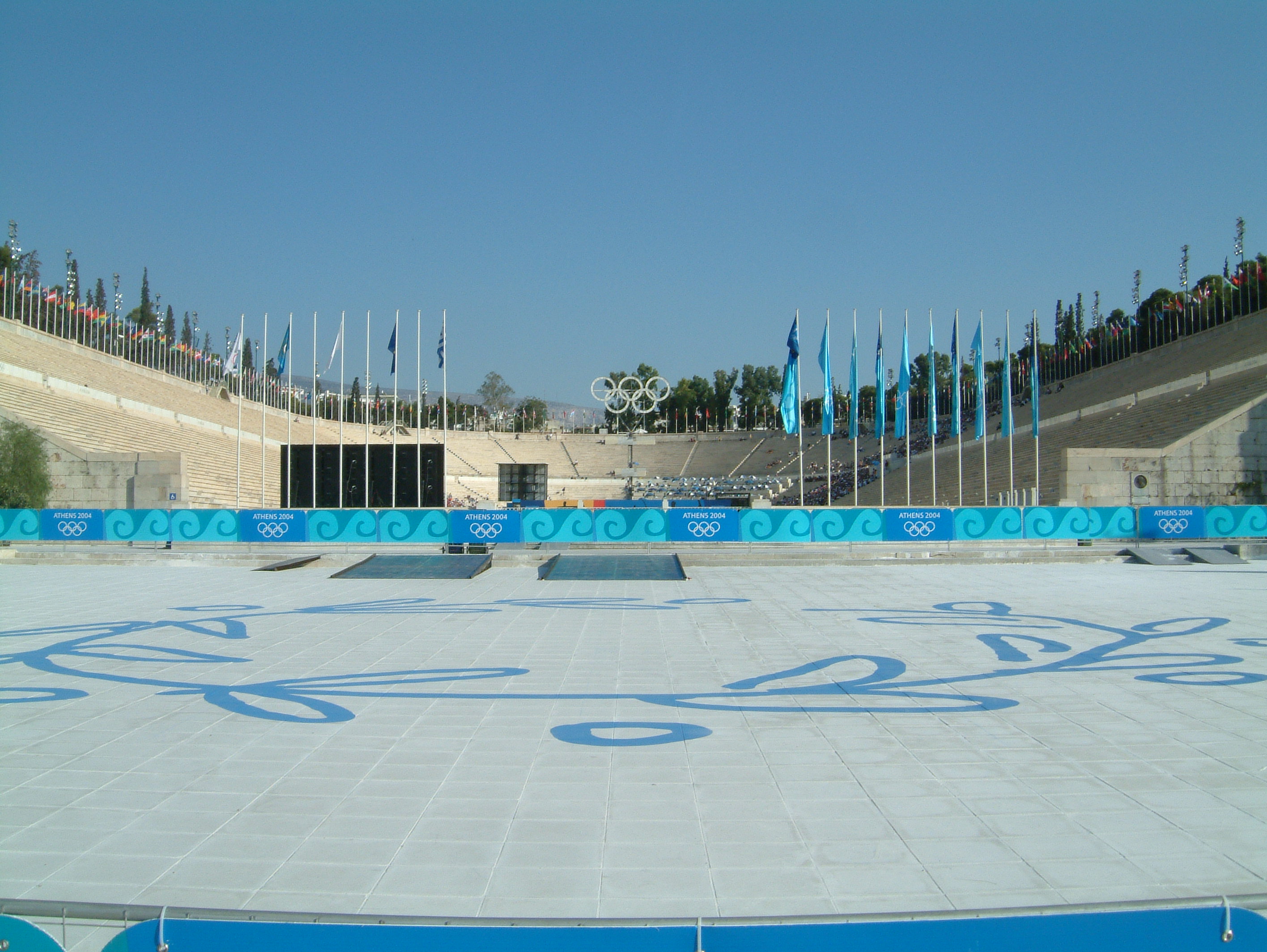
The 2004 Athens Olympics were meant to be a triumphant return of the games to their birthplace. However, the legacy of these games has been marred by the abandoned state of many of the venues constructed for the event. Despite the initial excitement and investment, many of these structures now lie in disrepair, overgrown with weeds and graffiti-covered. The abandonment of Athens' Olympic venues is emblematic of the financial strain that hosting the games can place on a city. The cost of maintaining these facilities proved too great, leading to their neglect. Yet, amidst the decay, there is a haunting beauty to these structures. They stand as monuments to human ambition and the fleeting nature of glory. The story of Athens' Olympic venues is a cautionary tale about the long-term impacts of hosting large-scale sporting events and the importance of sustainable planning.
4. The Haunting Legacy of Sarajevo's Winter Olympics
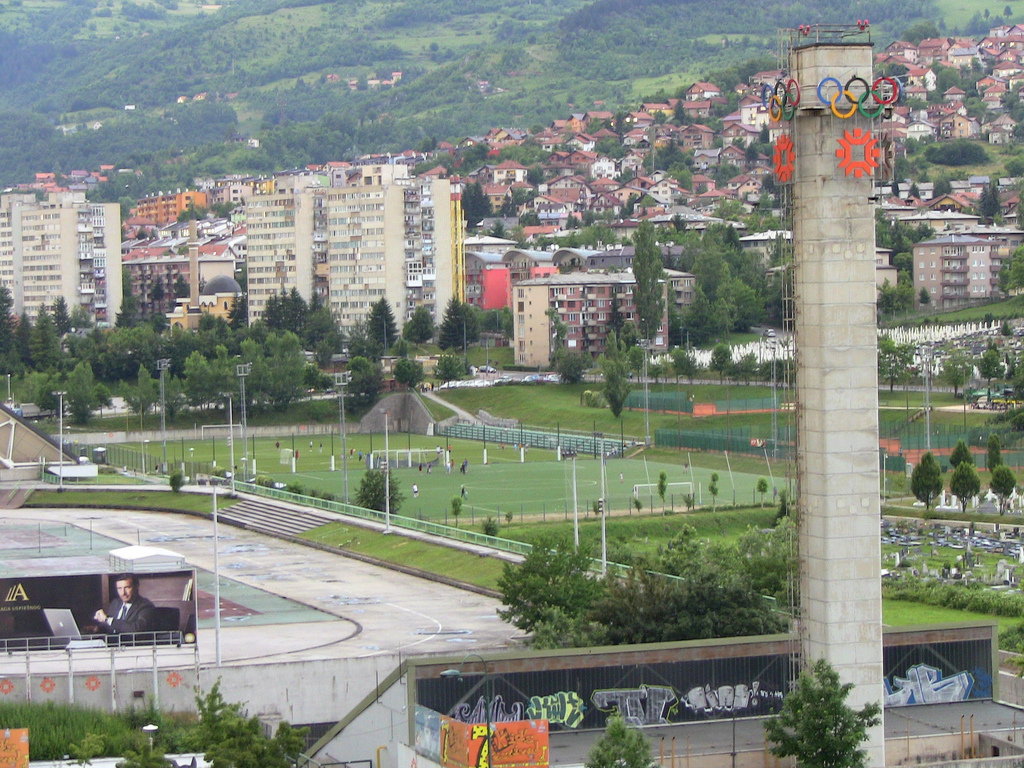
The 1984 Winter Olympics in Sarajevo were a moment of pride and unity for the former Yugoslavia. The games showcased the region's natural beauty and hospitality, leaving behind a legacy of modern sports facilities. However, the outbreak of the Bosnian War in the 1990s transformed these venues into sites of conflict and destruction. Today, the remnants of Sarajevo's Olympic venues are haunting reminders of both the glory of the games and the horrors of war. The bobsleigh track, once a symbol of athletic prowess, is now a graffiti-covered ruin, while the ski jumps stand unused and overgrown. These sites serve as poignant symbols of the impact of political turmoil on sports and society. The story of Sarajevo's Olympic venues highlights the fragile nature of peace and the enduring scars left by conflict.
5. The Forgotten Fields of Estadio Nacional, Chile

Estadio Nacional in Santiago, Chile, is a stadium with a complex and haunting history. Built in 1938, it has been the site of numerous sporting events, including the 1962 FIFA World Cup. However, it is perhaps best known for its role during the military coup of 1973, when it was used as a detention center for political prisoners. The stadium's dark past continues to cast a shadow over its present. While it remains in use for sporting events, the memories of its use as a site of torture and imprisonment linger. Efforts have been made to commemorate this history, with parts of the stadium preserved as a memorial. Estadio Nacional serves as a powerful reminder of the intersection of sports and politics, and the ways in which venues can become sites of both joy and suffering.
6. The Echoing Halls of Berlin's Olympiastadion

Berlin's Olympiastadion is a stadium steeped in history, both glorious and infamous. Built for the 1936 Summer Olympics, it was intended to showcase Nazi Germany's strength and prestige. The games themselves were a propaganda tool for the regime, with the stadium serving as the centerpiece of this effort. Despite its dark origins, the Olympiastadion has endured, hosting numerous sporting events and concerts over the decades. However, its history continues to resonate, with the stadium serving as a reminder of the ways in which sports can be co-opted for political purposes. Today, the Olympiastadion is both a functional venue and a historical site, offering a window into the complex legacy of the 1936 Olympics and the enduring impact of sports on society.
7. The Deserted Dreams of the Maracanã Stadium

The Maracanã Stadium in Rio de Janeiro, Brazil, is one of the most iconic football stadiums in the world. Opened in 1950, it has hosted numerous memorable matches, including the 1950 FIFA World Cup final. However, in recent years, the stadium has faced periods of neglect and abandonment, raising questions about its future. The Maracanã's struggles are emblematic of the challenges facing many large stadiums in the modern era. The costs of maintenance and renovation can be prohibitive, leading to periods of disuse. Yet, the Maracanã's history and cultural significance continue to make it a symbol of Brazilian football. Efforts are underway to preserve and revitalize the stadium, ensuring that it remains a vibrant part of Rio's sporting landscape. The Maracanã's story highlights the importance of balancing historical preservation with modern needs.
8. The Ghostly Remains of Detroit's Tiger Stadium

Tiger Stadium in Detroit, Michigan, was a beloved baseball venue with a rich history. Opened in 1912, it was home to the Detroit Tigers for nearly a century, witnessing countless memorable moments in the sport. However, by the late 1990s, the stadium had become outdated, leading to the construction of a new venue for the team. Following its closure in 1999, Tiger Stadium was left to decay, its once-vibrant stands now empty and overgrown. Despite efforts to preserve the site, it was eventually demolished in 2009. The loss of Tiger Stadium was a blow to the community, which had cherished the venue for generations. Its ghostly remains serve as a reminder of the deep connections between sports and local identity, and the impact of losing a beloved landmark.
9. The Abandoned Grandeur of Beijing's Olympic Venues
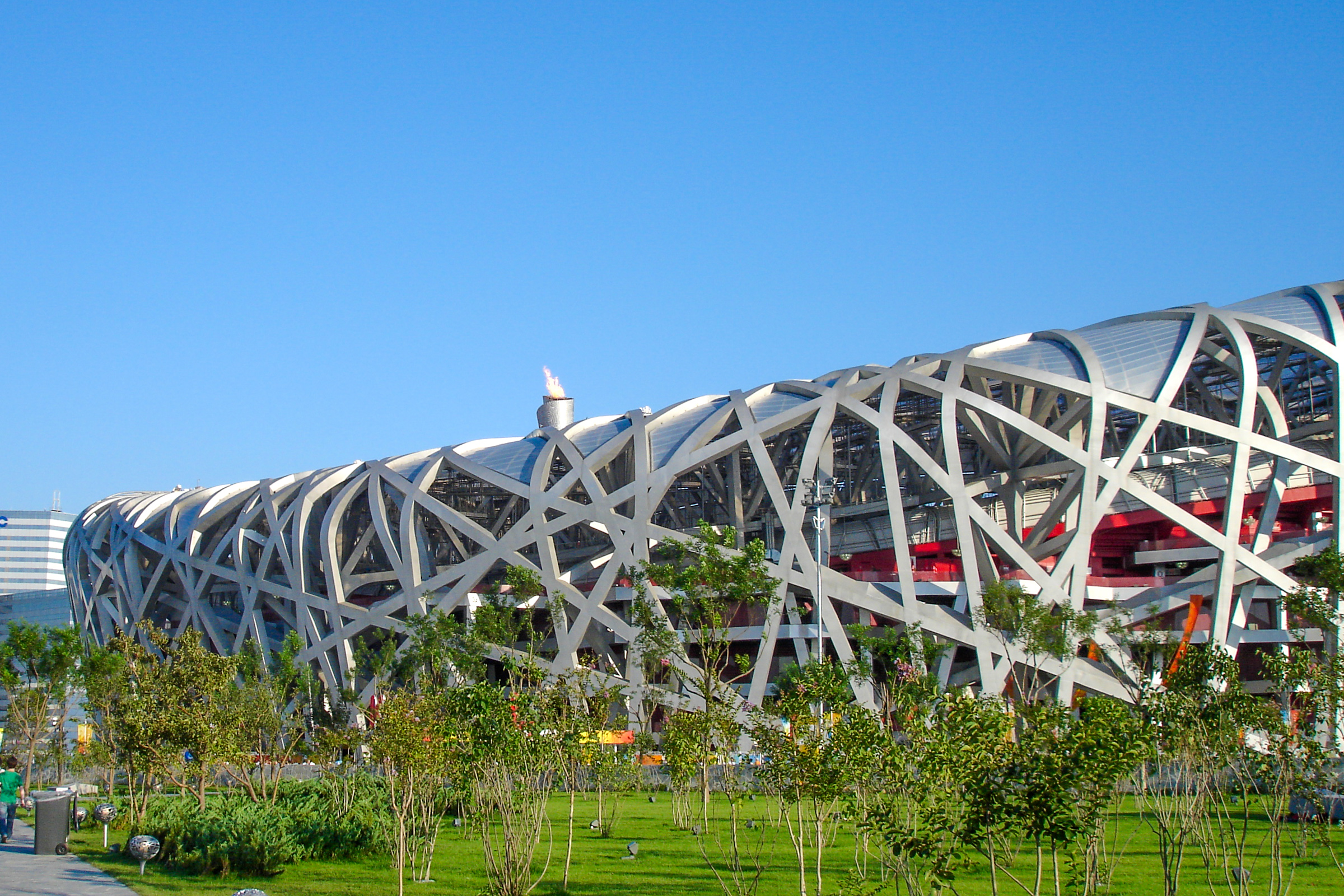
The 2008 Beijing Olympics were a showcase of China's emergence as a global power, with state-of-the-art venues constructed for the event. However, in the years since, many of these structures have fallen into disuse and disrepair, becoming haunting symbols of the challenges of maintaining Olympic legacies. The abandoned venues of the Beijing Olympics highlight the tension between the desire for grand spectacles and the practicalities of long-term use. While some facilities have been repurposed, others remain empty, their once-glorious architecture now a testament to the fleeting nature of Olympic glory. The story of Beijing's Olympic venues underscores the importance of sustainable planning and legacy management in the world of sports.
10. The Silent Stands of the Astrodome

The Houston Astrodome, once dubbed the "Eighth Wonder of the World," was a pioneering sports venue that set the standard for modern stadium design. Opened in 1965, it was the world's first multi-purpose, domed sports stadium, hosting baseball, football, and a variety of other events. Despite its innovative design, the Astrodome eventually became obsolete, unable to compete with newer, more modern facilities. It was officially closed in 2008, and its future remains uncertain. The Astrodome's decline serves as a reminder of the rapid pace of change in the world of sports, and the challenges of preserving iconic venues in the face of progress. Its silent stands are a testament to the impermanence of even the most groundbreaking achievements.
11. The Echoes of Montreal's Olympic Stadium

Montreal's Olympic Stadium, built for the 1976 Summer Olympics, is a striking architectural landmark with a troubled history. Nicknamed "The Big O" for its distinctive shape, the stadium was plagued by construction delays and cost overruns, leading to a financial burden that the city struggled to manage for decades. Following the Olympics, the stadium faced periods of disuse and controversy, with efforts to find a permanent tenant proving challenging. Despite its troubled past, the stadium remains a symbol of Montreal's Olympic legacy and a testament to the city's resilience. The echoes of Montreal's Olympic Stadium highlight the complexities of hosting major sporting events and the long-term impacts on host cities.
12. The Derelict Fields of the Estadio Insular
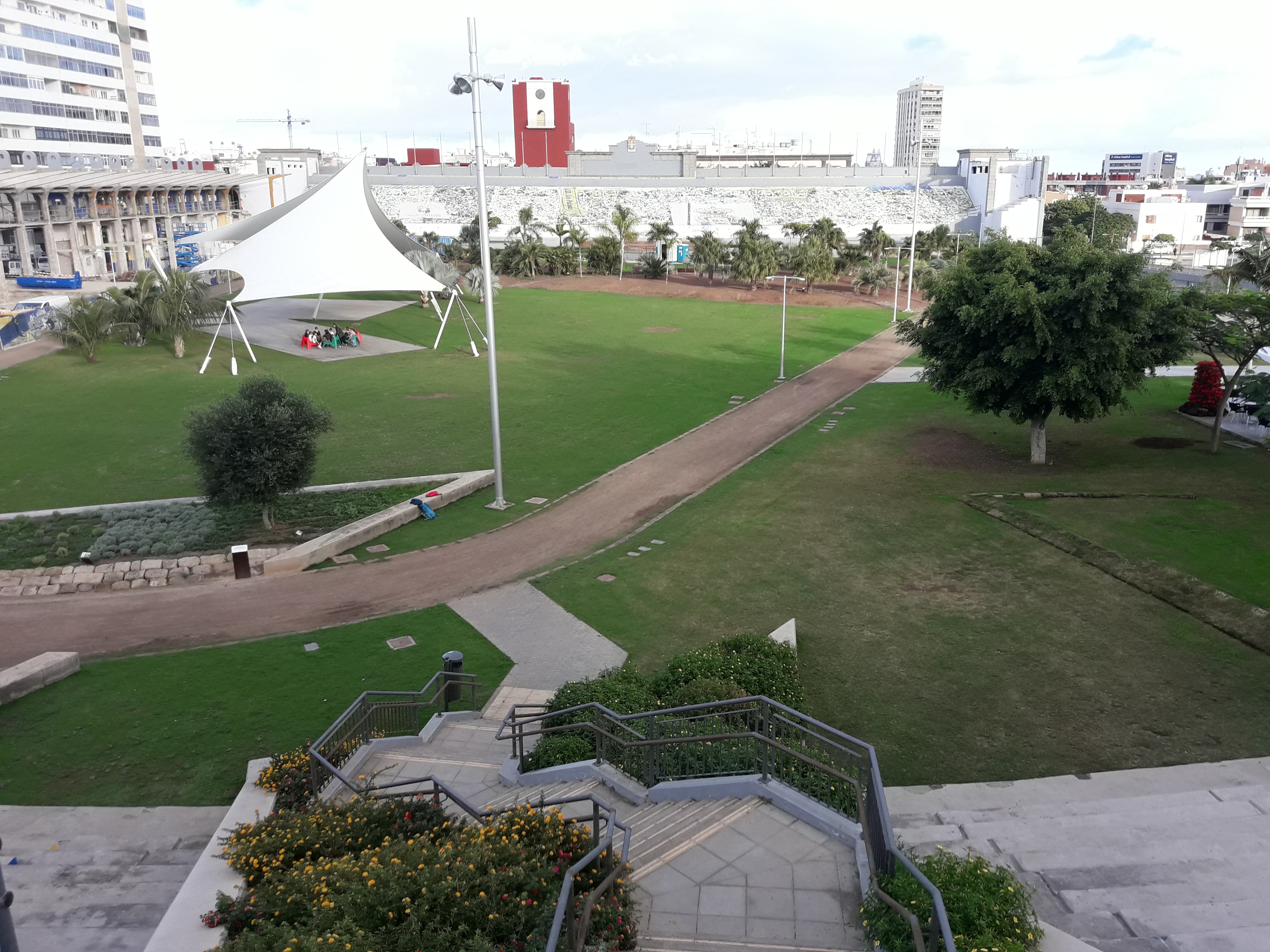
Estadio Insular in Las Palmas, Spain, was once a vibrant football venue, home to UD Las Palmas for over 50 years. Built in 1949, it was a beloved part of the local community, witnessing numerous memorable matches and moments. However, by the early 2000s, the stadium had become outdated, leading to the construction of a new venue for the team. Following its closure in 2003, Estadio Insular was left to decay, its once-pristine pitch now overgrown and its stands empty. Despite efforts to preserve the site, it remains a haunting reminder of the passage of time and the changing nature of sports venues. The story of Estadio Insular underscores the deep connections between sports and local identity, and the challenges of preserving beloved landmarks.
13. The Faded Glory of the National Stadium in Warsaw

The National Stadium in Warsaw, Poland, was a symbol of post-war reconstruction and national pride. Built in the 1950s, it hosted numerous sporting events and cultural gatherings, serving as a focal point for the community. However, by the late 20th century, the stadium had become outdated and was eventually closed in 1983. The abandoned stadium became a haunting symbol of the challenges facing post-communist Poland, its faded glory a reminder of both the past and the potential for renewal. In 2008, the stadium was demolished to make way for a new, modern venue, signaling a new chapter in Warsaw's sporting history. The story of the National Stadium highlights the complexities of preserving historical landmarks while embracing progress and change.
14. The Ghostly Quiet of the Estadio da Madeira

Estadio da Madeira, located on the picturesque island of Madeira, Portugal, was once a thriving football venue. Opened in 1927, it was home to the local team, CD Nacional, and a beloved part of the community. However, as the team moved to a new stadium, Estadio da Madeira was left to decay, its stands empty and its pitch overgrown. The stadium's abandonment reflects the broader challenges facing smaller clubs and venues in the modern era, where financial pressures and changing priorities can lead to the neglect of once-vibrant sites. Despite its current state, Estadio da Madeira remains a symbol of the island's rich sporting history and a reminder of the enduring connections between sports and local identity.
15. Kennedy Memorial Stadium

The Kennedy Memorial Stadium, officially known as Robert F. Kennedy Memorial Stadium, stands as a haunting reminder of Washington, D.C.'s vibrant sporting past. Opened in 1961, this multi-purpose stadium hosted countless iconic moments, serving as home to the Washington Redskins (now Commanders), the Washington Nationals, and D.C. United. It also saw legendary concerts from acts like The Beatles and U2. However, after decades of use and aging infrastructure, the stadium was officially abandoned in 2019 when D.C. United relocated to Audi Field. Today, the once-bustling venue sits eerily empty, its seats fading under the weight of neglect and time. Overgrown weeds and crumbling concrete reflect its diminished glory, while its future remains uncertain. Demolition plans were announced in 2020, with hopes of repurposing the area for community development. Despite its dereliction, RFK Stadium holds cherished memories and remains an enduring symbol of D.C.'s sports and entertainment history.
16. Sapporo’s Ski Jump Stadium, Japan
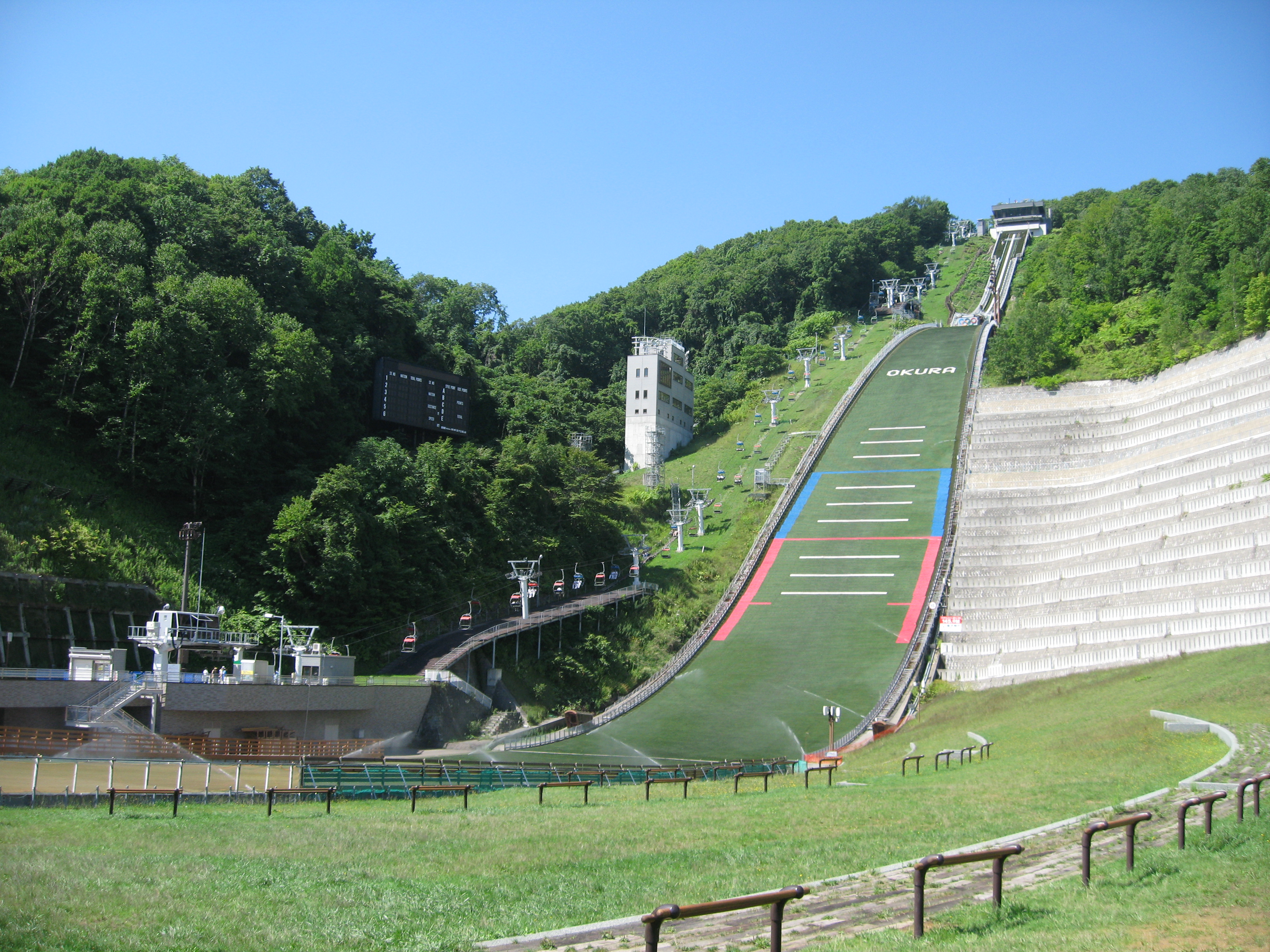
Built for the 1972 Winter Olympics, the Okurayama Ski Jump Stadium in Sapporo, Japan, is both a relic of Olympic history and a hauntingly beautiful site. Located on the slopes of Mount Okura, the stadium boasts panoramic views of Sapporo city and its surrounding snow-draped mountains. Though the facility still occasionally serves as a training site, much of it feels eerily deserted, especially during the off-season when vegetation begins to reclaim the space. The massive ski jump tower, once filled with roaring crowds, now stands as a silent testament to the athletes who soared through the air during its glory days. Visitors who venture to the observation deck can experience a striking contrast between the silence of the empty stadium and the breathtaking natural beauty that surrounds it. Okurayama is a reminder of how sports venues can gracefully fade into the landscape, blending human achievement with the timelessness of nature.
17. Valle Hovin Ice Stadium, Norway
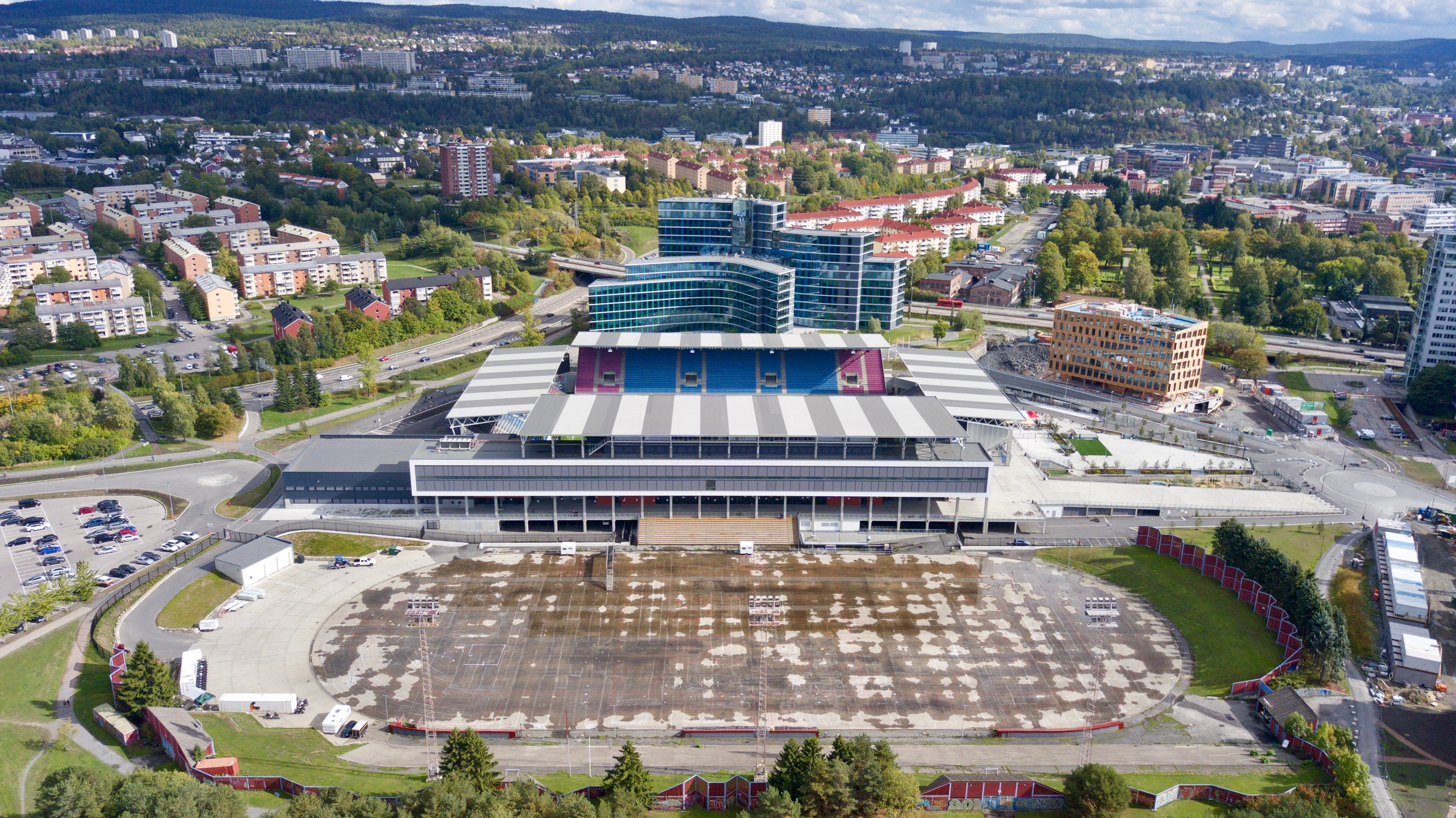
Once a bustling hub for ice skating and concerts, Valle Hovin Ice Stadium in Oslo, Norway, has since faded into near-obscurity. Built in 1966, the open-air stadium was an integral part of Norway’s winter sports scene, hosting national ice skating championships and international events. In the warmer months, the venue transformed into a concert space that welcomed world-famous acts like Michael Jackson and Pink Floyd. However, as newer venues emerged in Oslo, Valle Hovin became less relevant, eventually falling into partial disuse. Today, the site feels frozen in time, with cracked concrete stands and overgrown edges giving it an abandoned charm. In winter, it occasionally functions as a public skating rink, though the echoes of its glorious past linger. Surrounded by Norway’s pristine landscapes, Valle Hovin’s weathered structures juxtapose starkly with the natural beauty of the region, creating an evocative scene that draws the curious and nostalgic.
18. Čair Stadium, Serbia
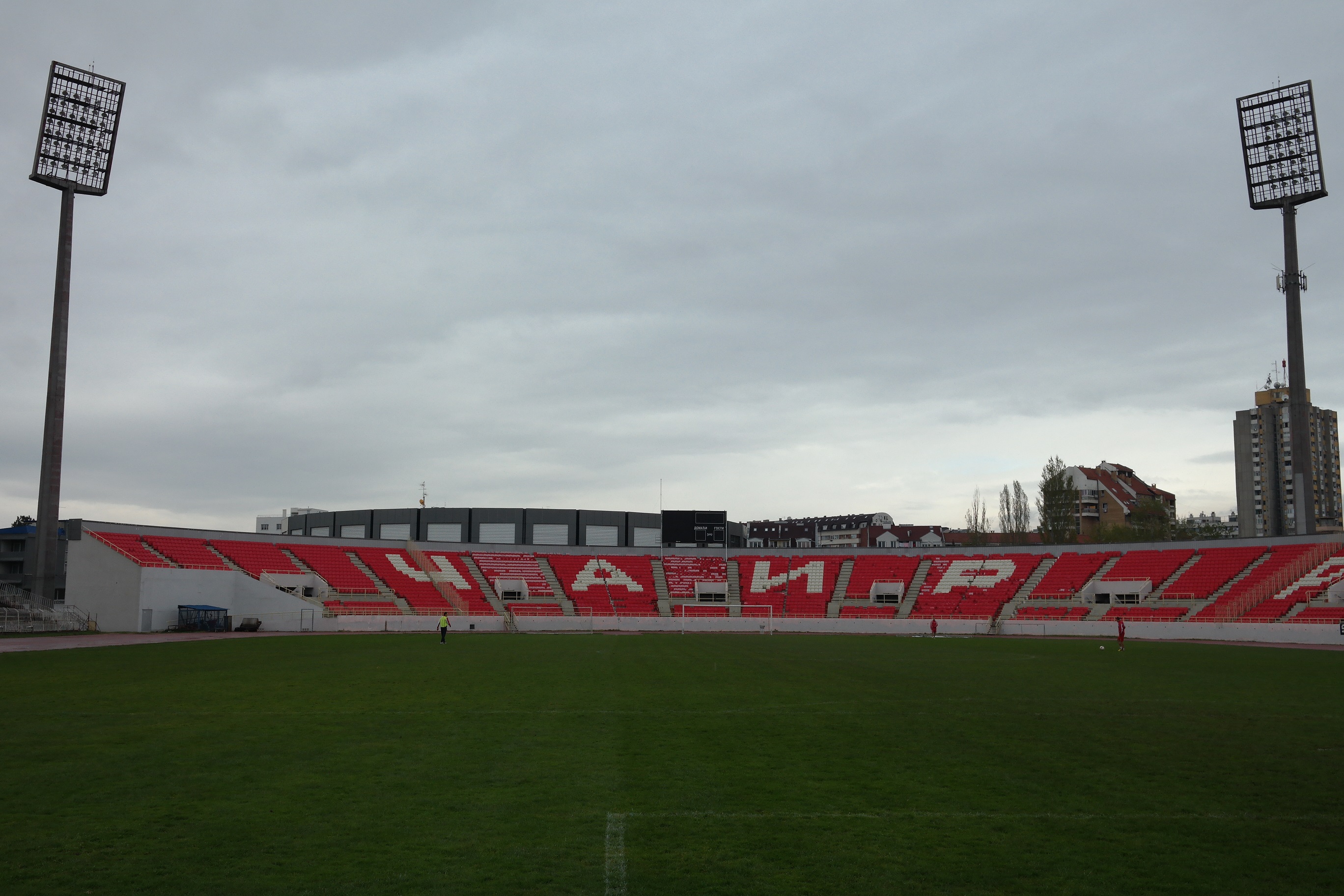
Located in the city of Niš, Serbia, Čair Stadium was once a thriving home to FK Radnički Niš, a prominent Serbian football club. Built in 1963, the stadium was a source of local pride, hosting matches that brought together thousands of devoted fans. However, with time, the facility's condition began to decline due to limited funding for maintenance. Though partially renovated in the 2010s, parts of the stadium remain underused or in disrepair, making it a picturesque, almost melancholic landmark. Overgrown sections of the stands and graffiti-covered walls tell the story of neglect, while the surrounding hills provide a scenic backdrop. Čair Stadium embodies the duality of sporting history and urban decay, standing as both a cultural artifact and a reflection of economic shifts in the region. It remains a quiet but visually striking reminder of Niš’s vibrant football past.
19. Estadio Nacional Mateus, Angola
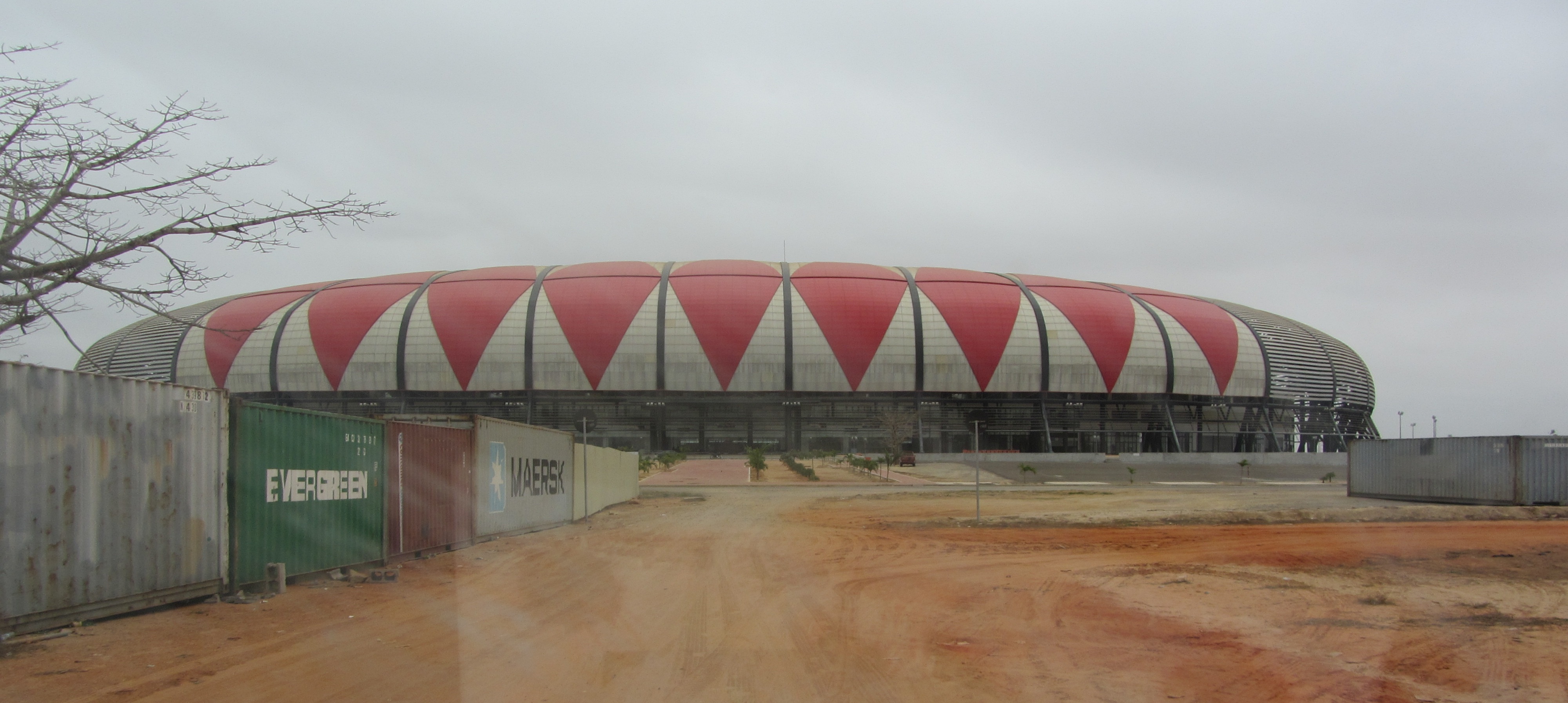
Hidden in the verdant outskirts of Luanda, Angola, lies Estadio Nacional Mateus, an enigmatic abandoned stadium with a history steeped in the country’s colonial past. Built during the Portuguese rule in the mid-20th century, the stadium was once a beacon of pride and a venue for local and regional football matches. However, Angola’s tumultuous path to independence and subsequent civil war left the stadium neglected and forgotten. Today, the venue is overrun by lush vegetation, with vines crawling over its crumbling concrete stands and weeds sprouting through the cracked pitch. The once-roaring crowd is now replaced by the sounds of chirping birds and rustling leaves, giving the stadium a hauntingly tranquil atmosphere. Despite its derelict state, Estadio Nacional Mateus has a haunting beauty, capturing the resilience of nature as it reclaims a piece of human history. It stands as a poignant reminder of Angola's complex past and the fleeting nature of human ambition.
20. Stadion Za Luzankami, Czech Republic
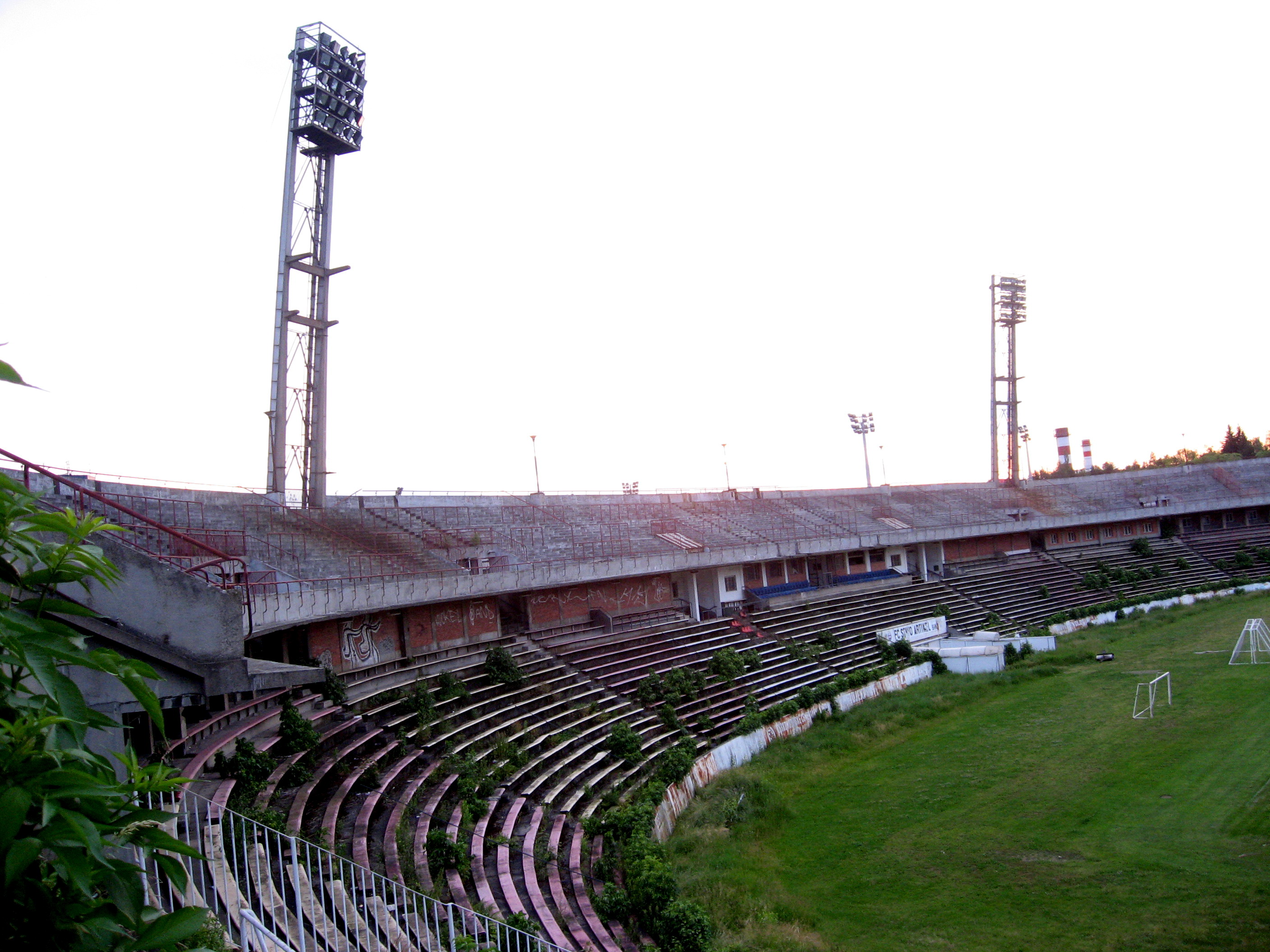
Stadion Za Luzankami in Brno, Czech Republic, was once the largest football stadium in the country, with a capacity of 50,000 spectators. Built in the 1950s, it was home to FC Zbrojovka Brno and became a symbol of the city’s vibrant football culture. The stadium hosted countless thrilling matches, including the club’s league-winning season in 1978. However, as the decades passed, a lack of maintenance and investment left the venue in disrepair. By the early 2000s, Za Luzankami was officially abandoned. Today, the stadium is a hauntingly beautiful relic, with nature reclaiming its crumbling stands and pitch. Overgrown grass and trees have enveloped the structure, giving it an almost post-apocalyptic feel. Despite its neglected state, Za Luzankami holds a special place in the hearts of Brno residents. In 2015, a grassroots effort temporarily revived the stadium for a friendly match, drawing 35,000 fans—a testament to its enduring legacy.
21. El Helicoide Stadium, Venezuela
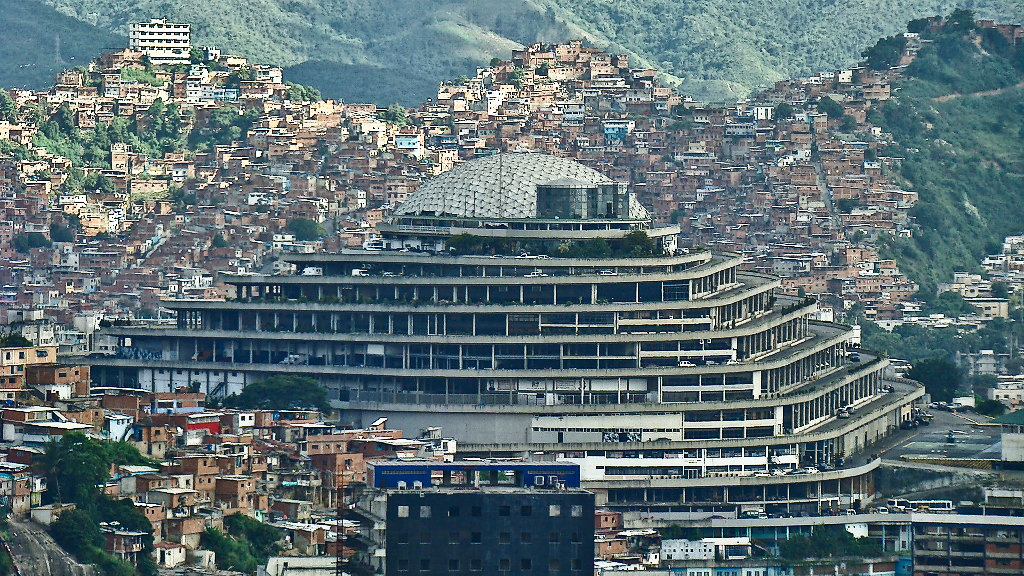
El Helicoide, an unfinished architectural marvel in Caracas, Venezuela, was initially envisioned as a futuristic shopping mall with integrated spaces for various functions, including a stadium. While the structure was repurposed as a government facility, the stadium section was abandoned during its construction in the 1960s. Situated on a hill with breathtaking views of Caracas, the stadium portion remains a hauntingly incomplete reminder of the project’s grand ambitions. Its skeletal stands and barren fields have become overrun with vegetation, creating a surreal juxtaposition between man-made innovation and natural reclamation. El Helicoide’s stadium area stands as an eerie monument to the impact of political and economic instability on grand architectural visions. Despite its abandonment, the site continues to intrigue locals and urban explorers, serving as a testament to Venezuela’s complex history and its unrealized potential.
Preserving the Shadows of History
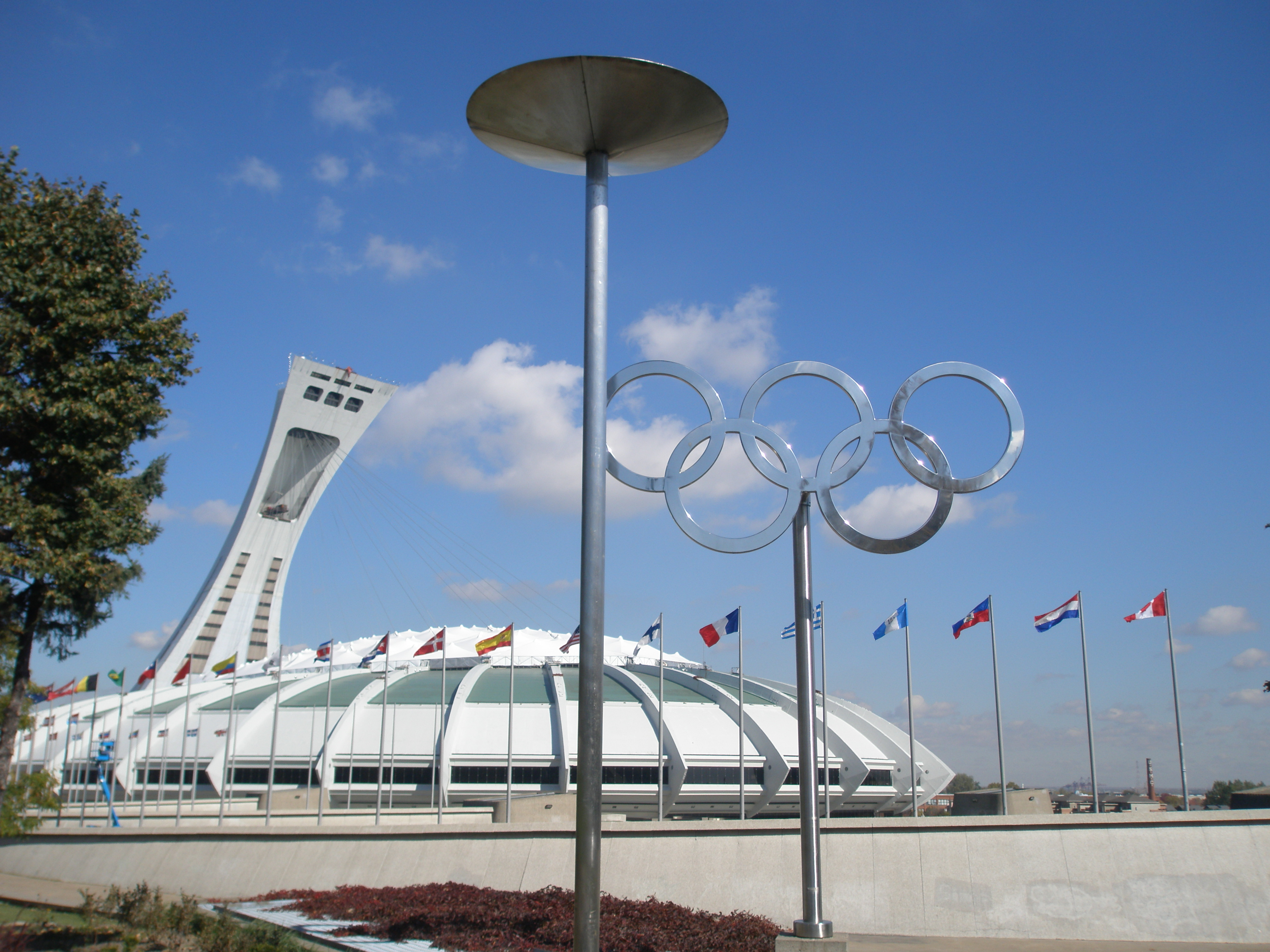
As we conclude our journey through the shadows of these 21 eerie abandoned stadiums, we are left with a deeper understanding of the complex interplay between sports, society, and history. Each of these venues holds a unique story, reflecting the triumphs and tragedies of the communities they once served. From the grandeur of the Roman Colosseum to the faded glory of Warsaw's National Stadium, these structures are more than mere ruins; they are vessels of memory, whispering forgotten tales of human ambition, resilience, and change. The haunting beauty of these abandoned stadiums serves as a powerful reminder of the impermanence of even the grandest achievements. Yet, amidst the decay, there is also hope. Efforts to preserve and revitalize these sites highlight the enduring value of history and the importance of learning from the past. As we continue to navigate the challenges of the modern world, these stadiums offer valuable lessons about the need for sustainable planning, the preservation of cultural heritage, and the enduring power of sports to unite and inspire.







